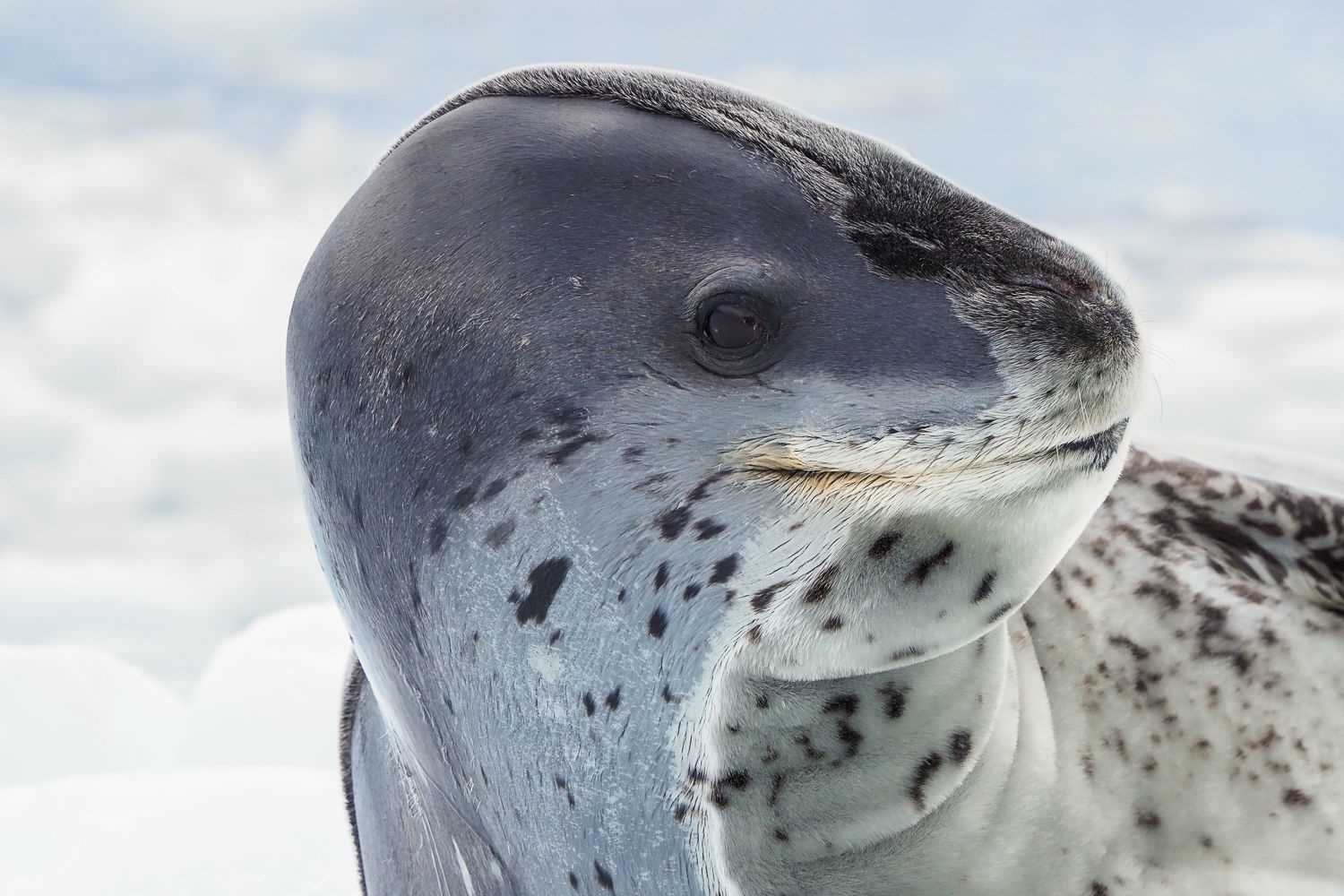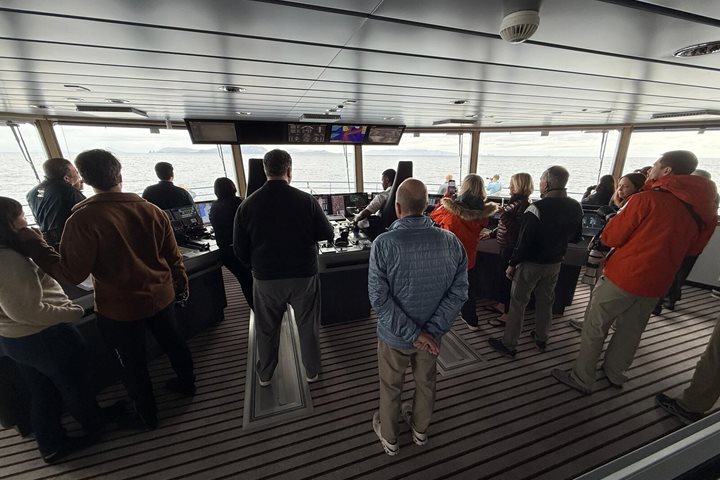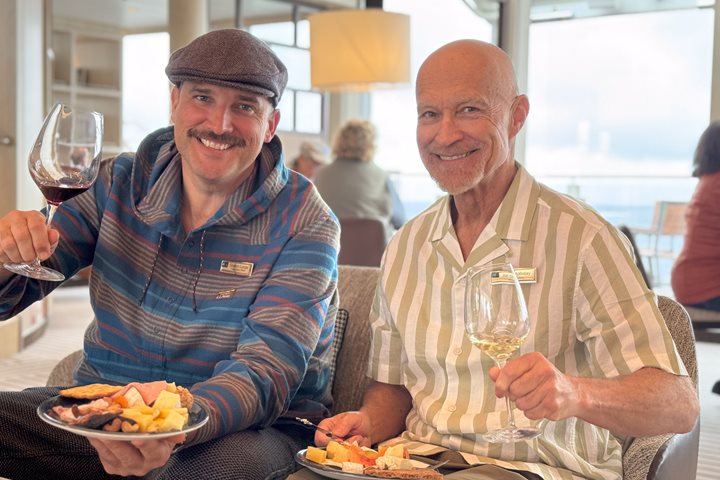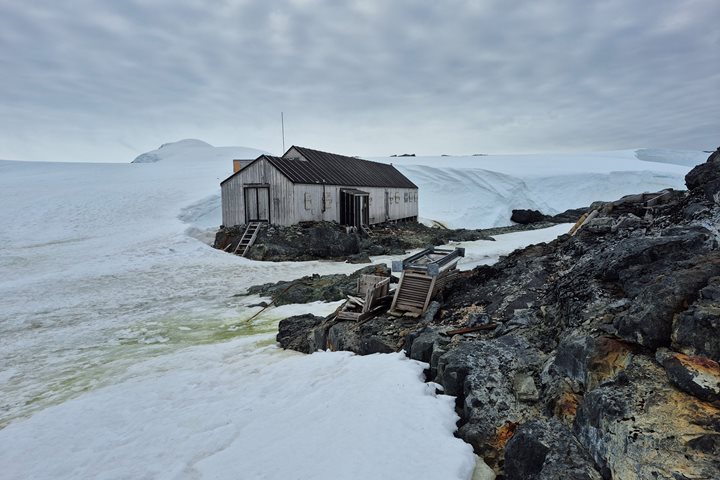After an incredible couple of days in the Weddell Sea, National Geographic Resolution made her way north and west along the Antarctic Peninsula. Stopping briefly at Cierva Cove for some whale watching, we continued to the Gerlache Strait and then to Brabant Island. Here we launched our fleet of Zodiacs amongst the ice and proceeded to look for wildlife on the floes. A couple of leopard seals lounged sleeping on ice, but the discovery of the day was humpback whales sub-surface feeding in groups of two and three! Time and again the whales would utilize bubbles from their blowholes to circle their prey, probably Antarctic krill, then lunge through the krill with mouths wide open. The table was set, and the whales feasted again and again on their prey! We simple shut down the Zodiacs and watched as the whales ate their fill! Truly an incredible sight to behold in the calm waters of Brabant Island.
2/28/2025
Read
National Geographic Resolution
Northbound Drake Passage, Cape Horn, and the Beagle Channel
This morning, we had a later start than usual after a late night enjoying the crew show. Our galley team gifted us with a fulfilling brunch. We then had a brilliant forum about climate change with the participation of our panel of experts onboard. Afterward, our expedition leader called us to the bow to see Cape Horn, which was only a few miles ahead. The good weather allowed us to have a smooth and fast crossing, allowing extra time to swing by Cape Horn, the most southern tip of the Americas. Over the PA system, Steven provided a very interesting description of the historical importance of this area, then Pablo read a beautiful poem, a memorial to the seaman lost at sea. We could see the monument in the distance, two metal sheets that depict an albatross in flight. During the afternoon, we enjoyed Madalena’s presentation about Women in Antarctica. This was an incredible voyage through the struggles and delays of allowing women to participate in science and logistics in Antarctica. We entered the Beagle Channel around 17:00 and we encountered black-browed albatrosses, cormorants, dolphins, and whales. On our final approach to the beautiful city of Ushuaia, we passed by Les Eclaireurs Lighthouse and some of the seals that live in the Bridges Islands Archipelago.







